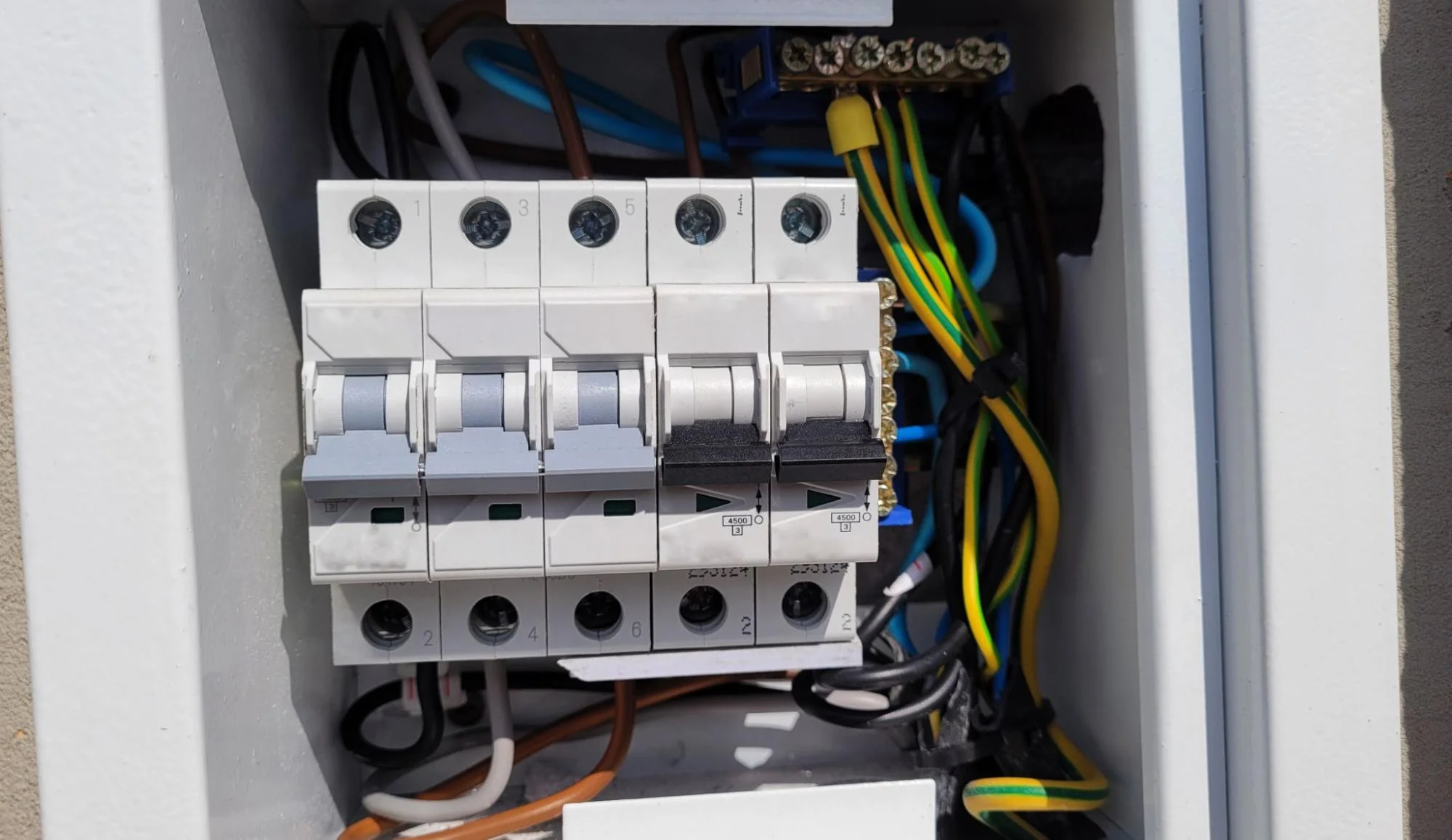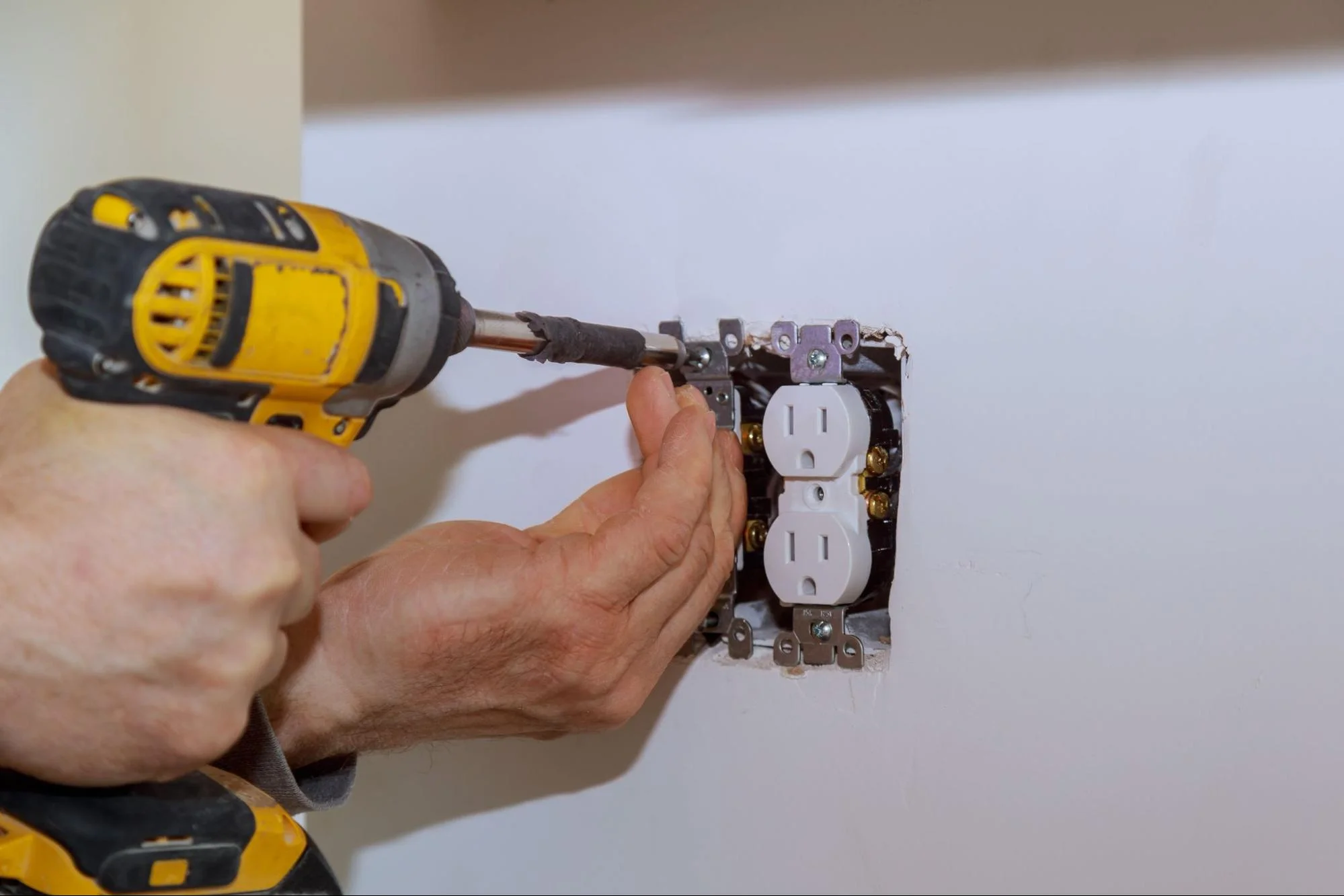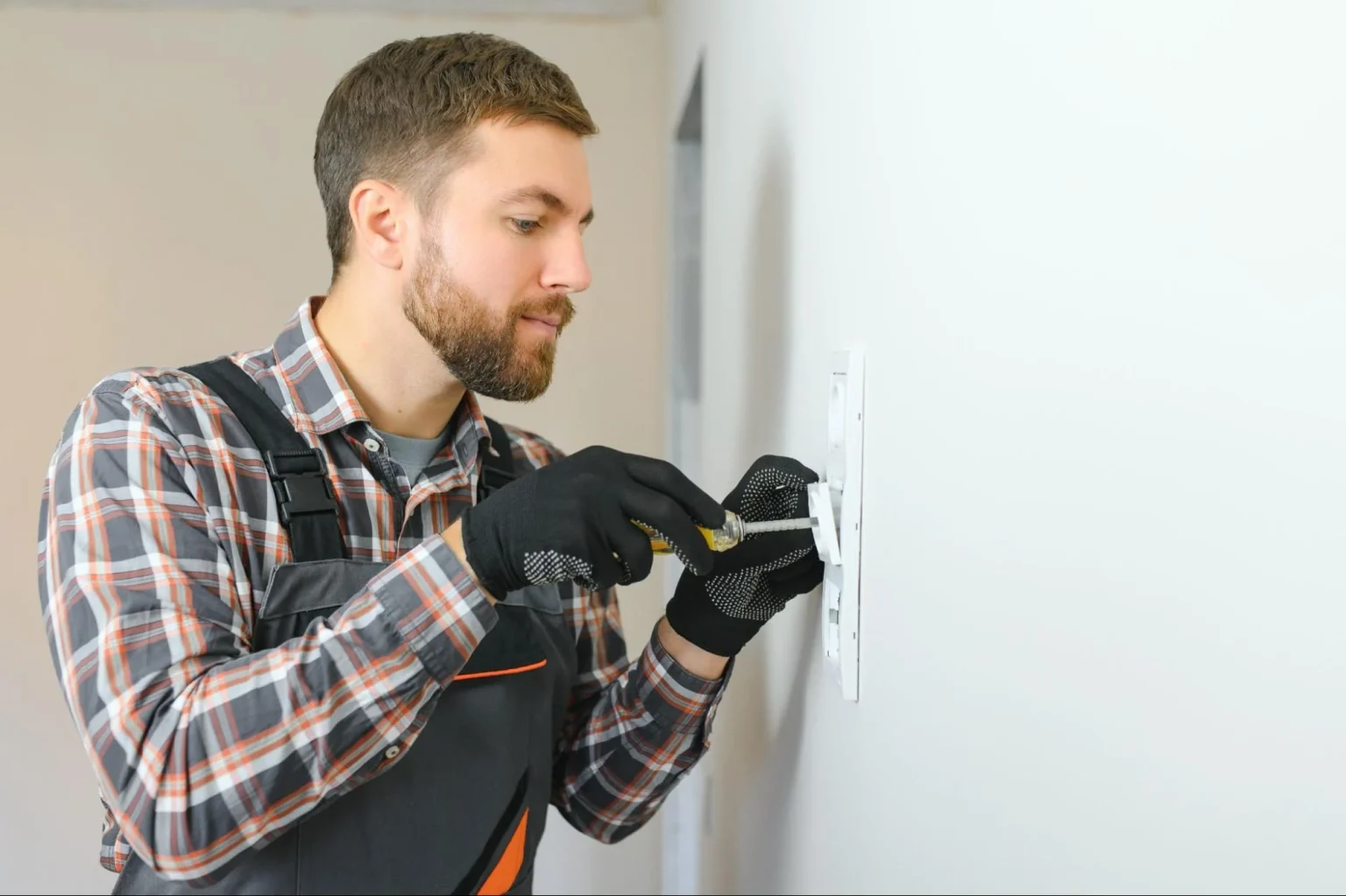
As a homeowner, you may encounter various electrical issues in your home, ranging from flickering lights to dead outlets. While some of these issues may seem daunting, many can be resolved with a little knowledge and a few basic tools. In this guide, we will provide you with a handyman guide to fixing common electrical issues in your home.
Understanding Your Home’s Electrical System is the first step to troubleshooting and repairing electrical issues in your home. It is essential to know where your electrical panel is located, how to turn off the power to your home, and how to identify the different circuit breakers and fuses. You will also need to know how to use a multimeter to test electrical outlets, switches, and appliances.
DIY Troubleshooting and Repairs can save you time and money when it comes to fixing common electrical issues in your home. From replacing a light switch to fixing a dead outlet, many electrical issues can be resolved with a few basic tools and some patience.
As a homeowner, it is important to understand the basics of your home’s electrical system. This knowledge will help you identify and fix common electrical issues, and ensure the safety of your home and family.
Your home’s electrical system consists of several components that work together to provide power to your appliances and devices. These components include:
Common electrical issues that you may encounter in your home include flickering lights, burning smells, overloaded circuits, and short circuits. These issues can be caused by wiring problems, loose electrical connections, or outdated devices that consume more power than necessary.
To identify these issues, you should look for signs such as flickering lights, buzzing sounds, or burning smells. If you notice any of these signs, you should turn off the power to the affected area and call a professional electrician to diagnose and fix the issue.
To prevent electrical issues in your home, you should follow the National Electrical Code (NEC) and other safety standards. These standards include using surge protectors, wearing protective gear, and following safety measures such as turning off the power before working on electrical systems.
In addition, you should regularly inspect your home’s electrical system for signs of wear and tear, and replace outdated devices and wiring as needed. By following these preventive measures and safety standards, you can ensure the safety of your home and family.

It’s important to know how to troubleshoot and fix common electrical issues in your home. In this section, we’ll cover some basic troubleshooting techniques, handling minor repairs and fixes, and when to call a professional electrician.
When you’re faced with an electrical issue, it’s important to start with some basic troubleshooting techniques. First, check to see if the circuit overload has tripped. If it has, simply reset the breaker and see if that solves the problem. If the circuit breaker keeps tripping, it could be a sign of a more serious issue.
Next, check for damaged cords or poor connections. Frayed wires and damaged cords can cause electrical issues, so make sure to inspect your cords and connections regularly. If you find any damage, replace the cord or connection immediately.
You can also use a voltage tester to check for electrical issues. A voltage tester will help you determine if there is a problem with the electrical circuit.
If you’re comfortable with DIY electrical repairs, there are some minor repairs and fixes you can handle on your own. For example, if you have a faulty light bulb, you can easily replace it yourself. Make sure to turn off the power before replacing the bulb.
You can also handle minor wiring repairs, such as fixing a loose connection or replacing a switch. Make sure to use insulated tools and electrical tape to protect yourself and prevent electrical shock.

While some electrical issues can be handled with DIY troubleshooting and repairs, there are times when it’s best to call in an expert. If you’re not comfortable with electrical repairs or if you’re dealing with a more serious issue, it’s important to call a certified electrician.
Some signs that you need professional help include circuit breaker tripping, flickering lights, and electrical outlets and switches that don’t work. These issues could be a sign of a more serious electrical problem, and it’s best to leave it to the experts.
In conclusion, knowing how to troubleshoot and fix common electrical issues in your home can save you time and money. However, it’s important to know your limits and when to call in a professional electrician.
As a homeowner, it is important to be aware of common electrical issues that can occur in your home. By doing so, you can take the necessary steps to fix the problem or seek professional help when needed.
One common issue is flickering lights, which can be caused by faulty wiring or loose light bulbs. To address this issue, ensure that light bulbs are securely screwed into fixtures. If the problem persists, it may be time to call a professional electrician to inspect and repair the wiring.
Another issue that homeowners may face is electrical outlets that are not working. This can be caused by a tripped breaker or a faulty outlet. To fix the problem, try resetting the breaker or replacing the outlet. If these steps do not work, it is best to call a professional electrician to avoid potential hazards.
It is important to note that electrical repairs can be dangerous and should be approached with caution. Always turn off the power to the affected area before attempting any repairs. If you are unsure or uncomfortable with the repair process, it is best to seek professional help from a licensed electrician.
In conclusion, knowing how to troubleshoot and fix common electrical issues in your home can save you time and money. However, it’s important to know your limits and when to call in a professional electrician. Kaminskiy Care and Repair offers expert electrical handyman services ensuring safety and satisfaction for your home electrical projects. Contact us today
If you experience flickering lights, frequent power outages, or a burning smell, these may be signs of electrical issues in your home. Other indicators include buzzing or humming sounds coming from electrical outlets or switches and discolored or warm outlets or switch plates.
Before calling a professional electrician, you can try to troubleshoot electrical problems in your home by checking the circuit breaker or fuse box. Make sure that all switches are in the “on” position and that fuses are not blown. You can also check electrical outlets and switches for loose connections or signs of damage.
Common solutions to household electrical problems include replacing light bulbs, repairing or replacing damaged outlets or switches, resetting circuit breakers, or replacing fuses. For more complex issues, it is best to call a professional electrician.
To diagnose electrical problems in your house, you can start by checking the circuit breaker or fuse box and examining electrical outlets and switches for signs of damage or loose connections. If you are unable to identify the issue, it is best to call a professional electrician.